So, your laser power is a little high. No problem, just stick some attenuating filters in to lower the power, right? Not so fast.
In some cases this can cause thermal lensing. If you’re not familiar with it, thermal lensing basically means the heat of a laser beam can distort the filter medium and create a lens which can modify the laser beam output.
We’d like to know three things: Firstly, just how bad is this reading? Secondly, is the thermal lensing (or blooming) slow enough to catch so we can at least be aware of it, or will the reading seem like a steady value? Finally, how can one design his laser beam analysis system properly to avoid thermal lensing?
We compared the following three beam profiling setups to try to spot thermal lensing in action:
1. A CCD camera beam profiler with only absorptive attenuation (such that thermal lensing will be an issue).
Absorptive Filter (Photon ATP-K Variable Attenuator)
2. A CCD camera beam profiler properly designed with a reflective attenuator before the absorptive filters, so thermal lensing can be avoided in the filters.
Reflective and Absorptive Combo (Spiricon LBS-300)
3. A NanoScan scanning-slit beam profiler, which needs no attenuation at all. As such, it’s a good control to check how accurate the beam size is in the first two cases.
NanoScan
Click here for the full discussion and results from the experiment.
You might also like to read: New Laser Filter For UV Lasers
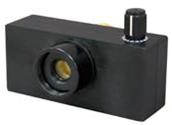



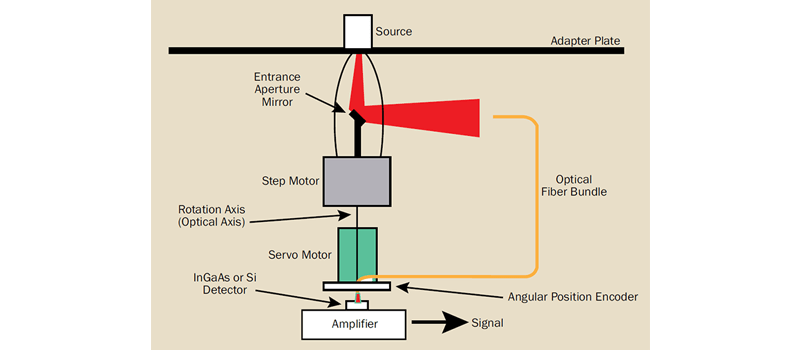
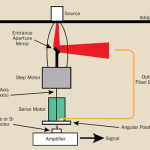
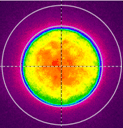
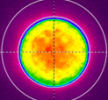

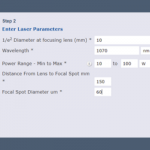
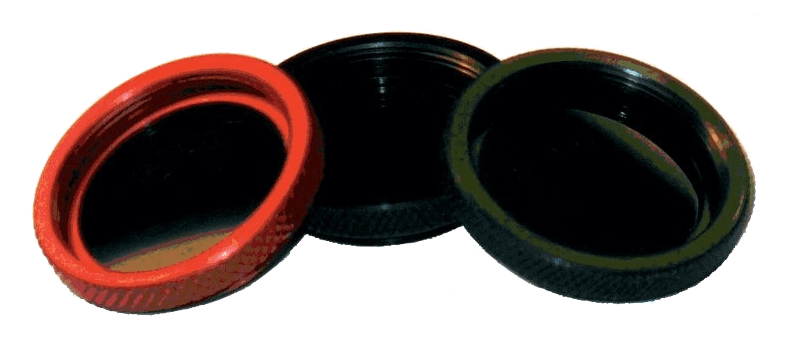
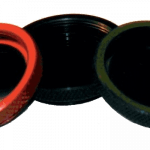
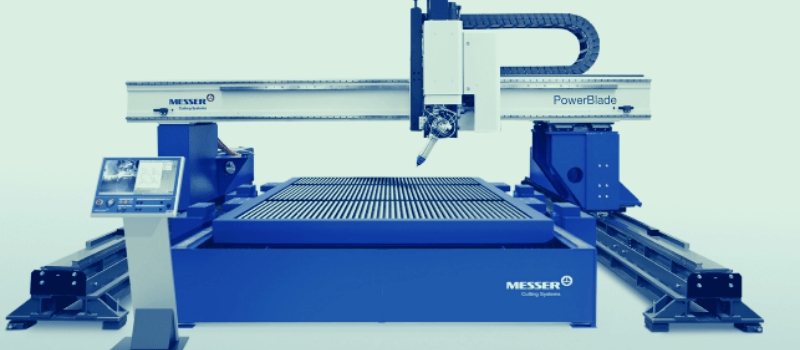
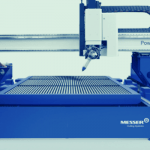
Excellent article on thermal lensing effect of absorptive filters. We witnessed the same effect described in the article. Thanks for an explicit and detail description of the phenomenon.